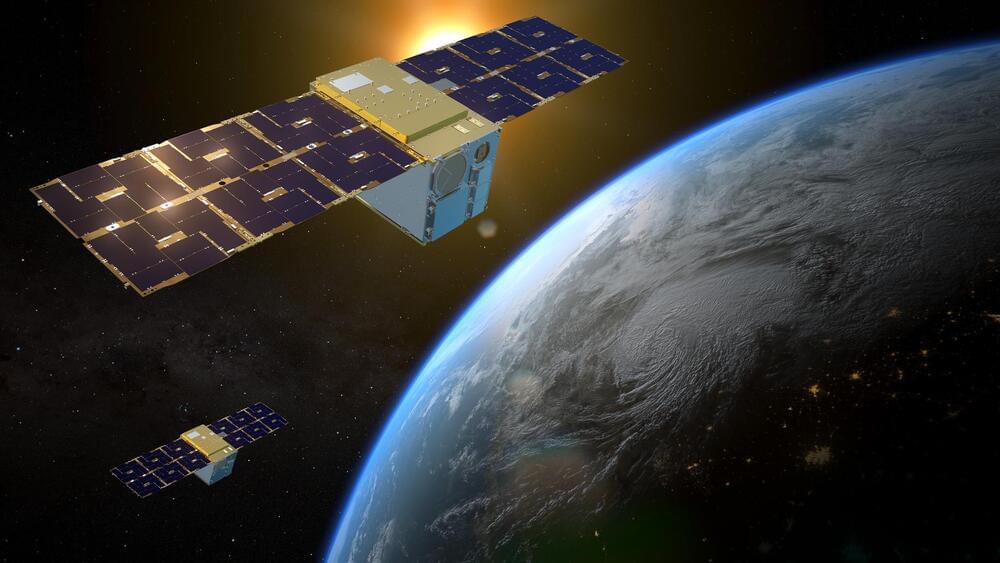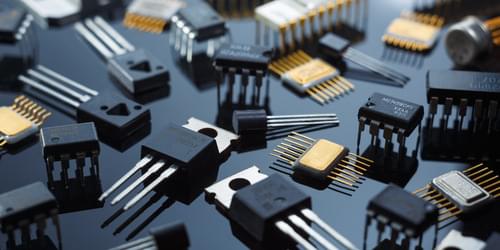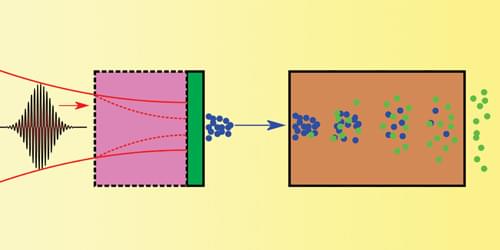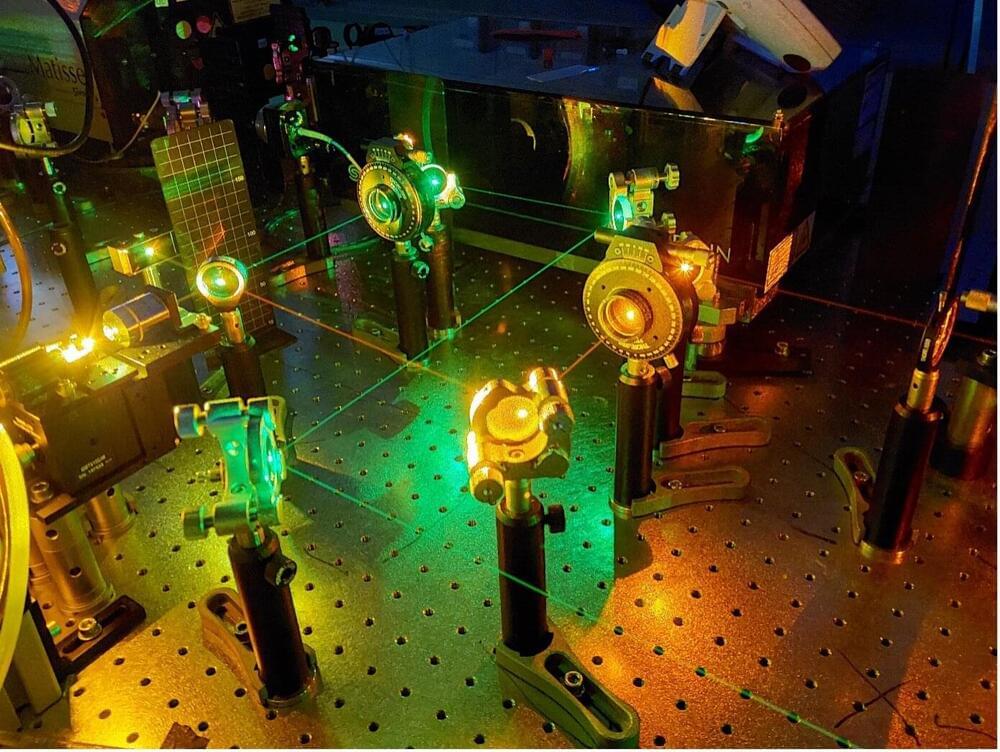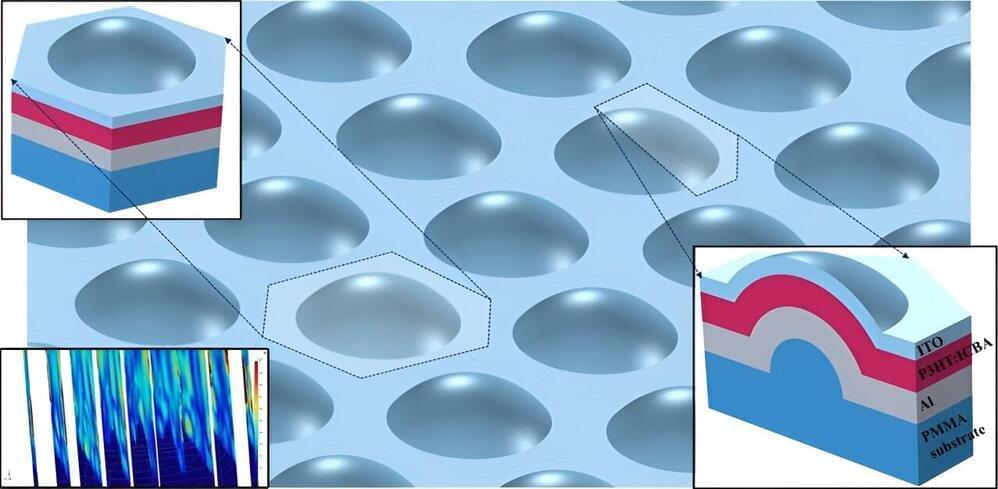This post is also available in:  עברית (Hebrew)
עברית (Hebrew)
HP Wolf Security’s latest threat insights disclosure put a spotlight on DarkGate – a group of web-based criminals using legal advertising tools to enhance their spam-based malware attacks.
The security report claims DarkGate has been operating as a malware provider since 2018, with an apparent shift in tactics last year of using legitimate advertisement networks “to track victims and evade detection.” The claims are that by using ad services, threat actors can analyze which lures generate clicks and infect the most users – helping them refine campaigns for maximum impact.

